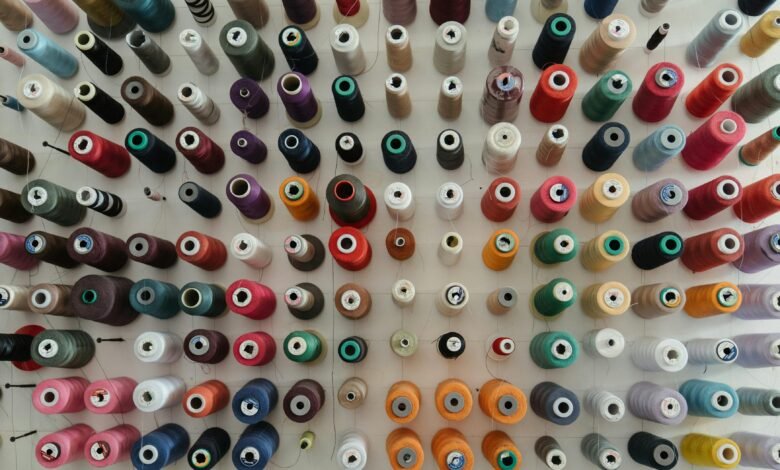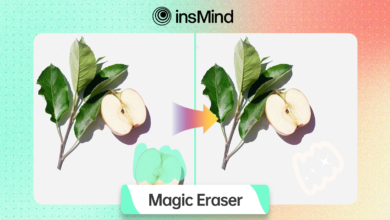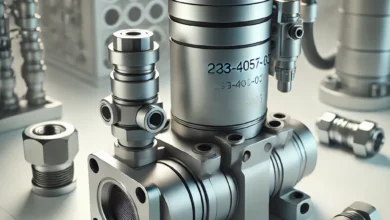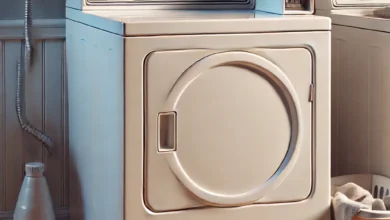Are Juki F and L Bobbins the Same? A Comprehensive Guide

For sewing enthusiasts, quilters, and professionals alike, the quality and compatibility of sewing machine components are crucial to achieving perfect results. One question that often arises is whether Juki F bobbins and Juki L bobbins are interchangeable or the same. Both types of bobbins are associated with Juki sewing machines, a brand well-known for producing high-quality machines for home sewing and industrial use. However, despite being part of the same brand family, these bobbins are not identical and have specific differences that affect their compatibility with certain machines.
In this comprehensive guide, we’ll explore the characteristics of Juki F and L bobbins, their differences, and which types of machines each are suited for, ensuring you make the right choice for your sewing projects.
What Are Bobbins and Why Are They Important?
Before diving into the specific differences between Juki F and L bobbins, it’s important to understand the role of bobbins in sewing machines. A bobbin is a small spool that holds the lower thread in a sewing machine. As the machine operates, it loops the thread from the bobbin with the thread from the upper spool to create stitches. If the bobbin is not functioning properly or is incompatible with the machine, the stitches may be uneven, tension may be off, or the machine may jam.
Using the correct bobbin for your machine is essential to ensuring smooth operation, maintaining tension, and producing high-quality stitches. Different sewing machines require specific sizes and types of bobbins to operate efficiently, and Juki is no exception.
Overview of Juki Sewing Machines
Juki Corporation is a Japanese manufacturer of industrial and domestic sewing machines. It is renowned for its innovation, precision, and reliability in the sewing world. Juki sewing machines cater to a wide range of sewing applications, from home sewing and quilting to large-scale industrial garment production.
Juki machines are often categorized by their model numbers, and these machines may require different types of bobbins, depending on their build and function. The Juki F series and Juki L series bobbins are two examples of bobbins used in different models, each designed for specific sewing needs.
What Are Juki F Bobbins?
Juki F bobbins are designed for use in specific Juki sewing machines, typically those that belong to the Juki F series. These bobbins are often used in advanced, computerized models that are popular among quilters and home sewing enthusiasts.
Key characteristics of Juki F bobbins include:
- Size and Shape: Juki F bobbins are typically classified as Class 15 bobbins. They are about 20.5 mm in diameter and 11.5 mm in height. Their size and shape are designed to fit the bobbin case and hook system in Juki F series machines.
- Material: Juki F bobbins can be made from clear plastic or metal, though plastic is more common in modern machines. The material allows for smooth spinning and minimal friction as the bobbin unwinds.
- Compatibility: Juki F bobbins are specifically designed for Juki’s F series machines, such as the Juki HZL-F600, HZL-F400, and other similar models. These are high-end sewing and quilting machines that offer a range of features like stitch variety, automatic threading, and speed control.
It’s crucial to use the correct bobbin for machines like the Juki F600, as using the wrong bobbin can cause tension issues, skipped stitches, or even damage the machine.
What Are Juki L Bobbins?
Juki L bobbins, on the other hand, are primarily used in industrial sewing machines and some specialized home models. The L bobbin is slightly smaller than the F bobbin and is commonly used in machines that require high-speed sewing for heavy fabrics or long sewing sessions.
Key characteristics of Juki L bobbins include:
- Size and Shape: Juki L bobbins are smaller than F bobbins, classified as Class L bobbins. They have a diameter of around 20.3 mm and a height of 8.9 mm. While the diameter is similar to Class 15 bobbins, the height difference makes them incompatible with machines designed for Class 15 bobbins.
- Material: Like F bobbins, L bobbins are also available in both plastic and metal. However, metal L bobbins are more commonly used in industrial settings because they are more durable and can withstand the rigors of heavy sewing.
- Compatibility: Juki L bobbins are most often used in Juki industrial sewing machines or certain high-performance home models. For example, industrial machines like the Juki DDL-8700 and Juki TL-2010Q are known to use L bobbins. These machines are designed for tasks like heavy-duty stitching, high-speed production, and quilting.
Because industrial machines are built to run at higher speeds and handle heavier materials, the L bobbin’s smaller size allows for better control in high-speed operations. This makes them ideal for professional settings where precision and durability are essential.
Differences Between Juki F and L Bobbins
While both F and L bobbins are used in Juki sewing machines, they have distinct differences that make them non-interchangeable.
- Size: The most obvious difference between the two types of bobbins is their size. Juki F bobbins are larger in height than Juki L bobbins. The Class 15 (F) bobbin is taller at approximately 11.5 mm, while the Class L bobbin is shorter at around 8.9 mm. This height difference means they cannot be swapped between machines that require one or the other.
- Machine Type: F bobbins are generally used in home sewing machines, particularly computerized models in the F series. L bobbins, on the other hand, are more commonly found in industrial sewing machines or high-performance home models that require more precision and durability during high-speed sewing.
- Purpose: The Juki F bobbins are designed for more general-purpose sewing and quilting machines, whereas Juki L bobbins are tailored for industrial use or for machines that require high-speed, heavy-duty operation.
- Material: Both types of bobbins come in plastic and metal variants, but L bobbins are more frequently made from metal due to their industrial use. Metal bobbins are more durable and can withstand the high speeds and tensions of industrial machines, while plastic bobbins are lighter and may be preferred for home sewing.
Compatibility Issues
Using the wrong type of bobbin in a sewing machine can lead to several issues, including:
- Thread Tension Problems: If the bobbin does not fit correctly in the bobbin case, it can result in poor thread tension, leading to skipped stitches or uneven seams.
- Machine Jamming: An incompatible bobbin may cause the machine to jam, which can damage both the machine and the project.
- Damage to the Machine: Forcing the wrong bobbin into the machine can damage the bobbin case or hook assembly, leading to costly repairs.
Therefore, it’s essential to use the correct bobbin for your machine. Always refer to the user manual of your sewing machine to determine whether you need Juki F bobbins or Juki L bobbins.
Conclusion
Juki F and L bobbins are not the same, and they are designed for different types of sewing machines. The F bobbins are larger and suited for home sewing machines in the F series, while the L bobbins are smaller and intended for industrial machines or certain high-performance home models. It’s important to use the correct bobbin to ensure smooth sewing, maintain proper thread tension, and prevent damage to your machine.
When purchasing replacement bobbins, always check your machine’s manual or consult with a Juki dealer to ensure you’re getting the right type for your specific model. Understanding the difference between these two types of bobbins will help you keep your sewing projects running smoothly and efficiently.



